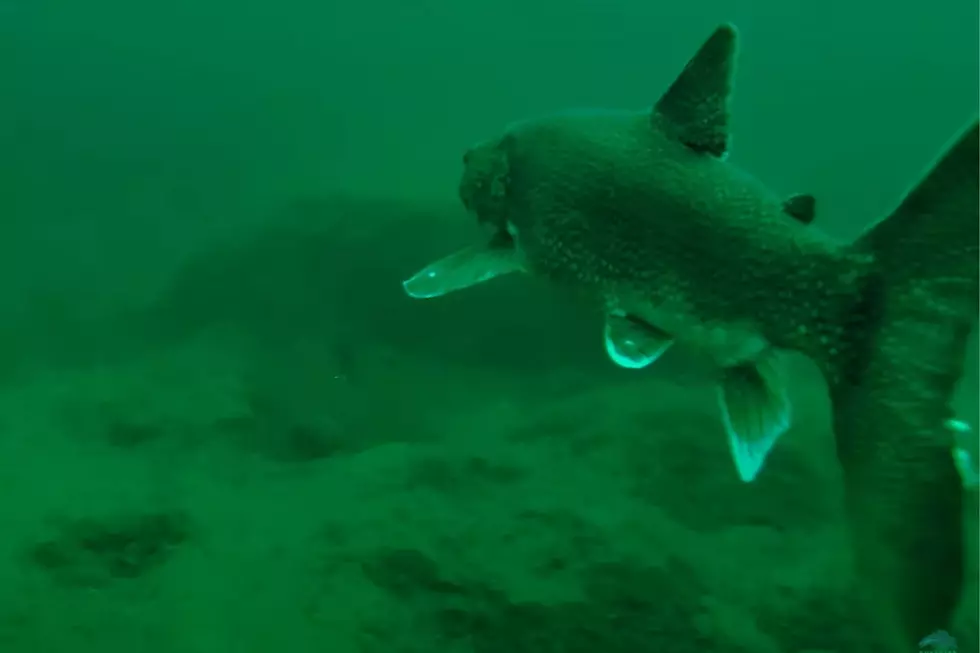
Is There Life on the Bottom of Michigan’s Lake Superior?
Michigan's Lake Superior is nothing short of majestic. Measuring 31,000 square miles, it is the largest of the Great Lakes and the world's largest freshwater lake. You would travel 350 miles crossing Superior, west to east, and 165 miles at its most extended north to south. What's most impressive to me is the depth. On average, Lake Superior's depth is around 483 feet, but at its deepest, it plunges to 1,320 feet. Can life survive that deep? Yes, and it thrives there.
Related: Wreck of the Edmund Fitzgerald Revealed: Draining Lake Superior
At 1,320 feet deep, Lake Superior is generally at a constant 39 degrees Fahrenheit. In addition to frigid temperatures, any lifeform trying to survive at that depth needs incredible vision, as light is scarce. So, what species have made this challenging environment their home?
The Three Species Thriving in the Deepest Depths of Lake Superior
You'd think a question like, "Is there life at the bottom of Lake Superior?" would have been answered much sooner than 2006. Alas, that's when a research team headed to the deepest part of Lake Superior to find out what, if any, life existed there. They found three species that specialize in surviving in the icy depths.
Lake Superior's Kiyi Fish
Shawn Sitar, a Fisheries Research Biologist for the Michigan Department of Natural Resources (DNR), led the exploratory team that studied life 1,320 feet below the surface of Lake Superior. For any oversized fish to survive in these conditions, there has to be a food source.
Enter the kiyi (pictured above), a freshwater species of whitefish. Growing up to 11 inches long and weighing as much as 6 ounces, the kiyi has been studied in recent years because it can adjust its vision based on the amount of sunlight. While the kiyi serve as a food source for the deepest predator in Michigan, they don't venture to the bottom of the lake; instead, they live between 200 and 600 feet below the surface. So, what's eating the kiyi?
Lake Superior's Deepwater Sculpin
While not the largest predator in the deepest depths of Lake Superior, the deepwater sculpin. These fish only grow to around 2 to 5 inches in length and feed on crustaceans that cling to the bottom of Michigan's deepest lake. These fish aren't highly sought after by sportsmen as they aren't flavorful, although some anglers use them for bait. This leads us to the apex predator of the deepest part of Lake Superior.
Lake Superior's Siscowet Trout
The siscowet trout, found only in Lake Superior, is a beast of a fish. One of three lake trout species in Michigan (lean and humper being the other two), siscowet trout average over 35 inches long and weigh between 5 and 15 pounds. However, some have been reported to weigh over 100 pounds and nearly 5 feet long.
Related: Michigan DNR Invasive Species Watchlist: Northern Snakehead
The siscowet trout feeds on the deepwater sculpin and the kiyi, preferring to hunt the kiyi in the lighter portions of the day at a shallower depth and the sculpin when residing deeper. So there you have it: there is life at the bottom of Lake Superior. It just takes a keen eye, a tolerance for bone-chilling temperatures, and the will to survive.


